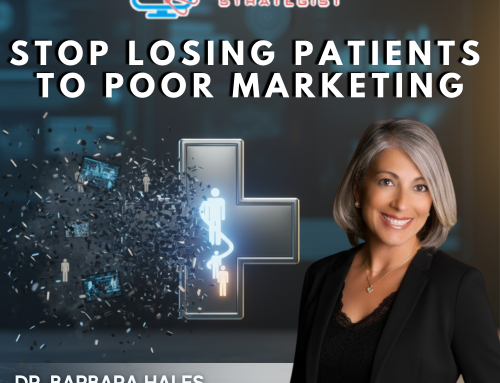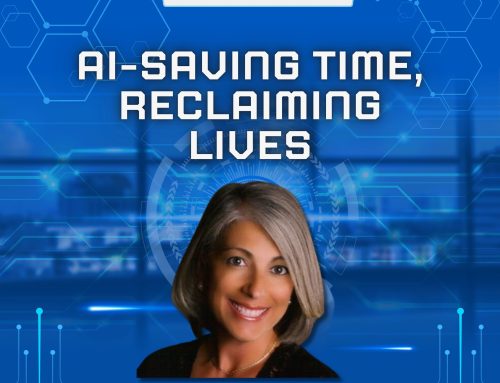It seems that new health applications are being devised and available on a daily basis. The FDA issued a guide line for health apps on medical mobile devices. These illustrate the functionality of them, in addition to “displaying, storing, analyzing, or transmitting patient-specific medical device data.
These include:
- Apps that allow the user to view medical images on a mobile platform and perform an analysis or process for diagnosis;
- Apps that connect to DICOM medical image servers and provide processing functions such as pan, zoom, measurement, auto contrasting, automatic detection of features, and other similar functionality;
- Apps that analyze, assess, or interpret electrocardiogram or electroencephalogram data;
- Apps that connect the mobile platform to vital signs monitors, bedside monitors, cardiac monitors, or other similar devices to:
- Be used as a central viewing station for display;
- Remotely access vital sign measurements of patients at home;
- Be used in displaying and viewing digital images, including digital mammography, for review and analysis by trained medical practitioners;
- Record arterial oxygen saturation and pulse rate of adult and pediatric patients inside hospitals and activate an alarm based on changes in levels;
- Remotely review other standard or critical real-time numeric data from labor and delivery;
- Perform remote Holter monitoring;
- Connect to medical imaging devices for displaying, processing or storing medical images;
- Wirelessly connect to medical devices and can relay or generate alarms;
- Perform remote control, setting changes, or readout via wireless links such as programming or controlling a hearing aid system or implantable or body worn medical device.
- Apps that are used as patient screening tools for blood transfusion (extension of Blood Establishment Computer Software (BECS) ) or other biologics;
- Apps that connect to a home use diagnostic medical device such as a blood pressure meter, body composition analyzer, or blood glucose meter to collect historical data or to receive, transmit, store, analyze, and display measurements from connected devices;
- Apps that control a blood-pressure cuff connected to a mobile platform to inflate the cuff and measure a person’s blood pressure; or
- Apps that act as wireless remote controls or synchronization devices for MRI or X-Ray machines.
Mobile medical apps that transform or make the mobile platform into a regulated medical device by using attachments or sensors or similar medical device functions:
- Apps that attach EKG/ECG leads to a mobile platform to collect/analyze/monitor EKG/ECG signals;
- Apps that connect wirelessly to a blood glucose tester to display, calculate, trend, convert, or download results to a PDA;
- Apps that generate sine signals from 125Hz to 8kHz (8 steps) to check the user’s hearing;
- Apps that act as a blood glucose meter by using an attachment to a mobile platform;
- Apps that act as an electronic stethoscope by connecting (either via wire or wirelessly) to an external sensor to record, manipulate, or measure sound waves;
- Apps that use the mobile platform with or without a sound transducer (microphone) to act as an electronic stethoscope to amplify heart, lung, blood vessel, enteral, and other body sounds;
- Apps that use the built-in accelerometer or other similar sensors in a mobile platform to monitor the user’s movement to determine conditions such as sleep apnea, sleep phase, fall detection, or detect motion related to other conditions or diseases or to measure heart rate;
- Apps that use the light source from a mobile platform to cure and treat specific conditions, such as acne;
- Apps that attach sensors to a mobile platform to measure blood glucose, electrocardiograph, or other similar functions;
- Apps that use a mobile platform’s built in features such as light, vibrations, camera, or other similar sources to perform medical functions;
- Apps that use a mobile platform to upload electroencephalograph (EEG) recordings and automatically detect seizures;
- Apps that use a mobile platform to record response time and accuracy of patients completing a cognitive task and/or automatically score or interpret cognitive testing results;
- Apps that use pictures and sound to diagnose conditions by comparing to previously determined diagnoses of images, symptoms, sounds, or other physiological measurements; or
- Apps that use a mobile platform in determining blood donor eligibility prior to collection of blood or blood components.
Mobile medical apps that allow the user to input patient-specific information and – using formulae or a processing algorithm – output a patient-specific result, diagnosis, or treatment recommendation that is used in clinical practice or to assist in making clinical decisions:
- Apps that perform calculations intended to be used by clinicians for automating tasks, such as:
- eGFR with CKD-Epi, Cockcroft-Gault, and MDRD;
- A-a gradient, etc.
- Apps that act as calculators or utilize algorithms to produce an index, score, scale, or other similar calculations (e.g., Glasgow Coma Scale, pain index, Apgar score, NIH stroke scale, etc.);
- Apps that calculate parameters associated with the use of radioisotopes;
- Apps that calculate the amount of chemotherapy needed based on the patient’s Body Surface Area;
- Apps that assist with patient-specific dosing, e.g., radiation planning;
- Apps that calculate Warfarin Loading and Warfarin Maintenance doses for different anti-coagulation therapies based on nomograms;
- Apps that act as calculators to determine the maximum dosage of local anesthesia based on a patient’s weight and age; or
- Apps that calculate Osteoporosis Risk Assessment by Composite Linear Estimate (ORACLE score).
- Apps that collect blood glucose readings and caloric intake to help manage diabetes by calculating pre-meal insulin dose (Bolus) or Basal adjustments; or
- Apps that act as a dosing calculators for a treatment regimen intended for a specific patient population (pediatrics);
- Apps that define disease stage or progression, and provide a prognosis of a medical condition or predict a patient’s response to treatment based on a analysis of physiological, laboratory, and other data; or
- Apps that provide differential diagnosis tools for a clinician to systematically compare and contrast clinical findings (symptoms/ results, etc.) to arrive at possible diagnosis for a patient.
For more detailed list and a searchable database of medical device classifications, please visit:http://www.accessdata.fda.gov/scripts/cdrh/cfdocs/cfPCD/classification.cfm.
Additional information can also be found at:http://www.fda.gov/MedicalDevices/DeviceRegulationandGuidance/Overview/ClassifyYourDevice/default.htm
Don’t miss any new information. Sign up to receive your blog post in the box at the top left corner of this page.



